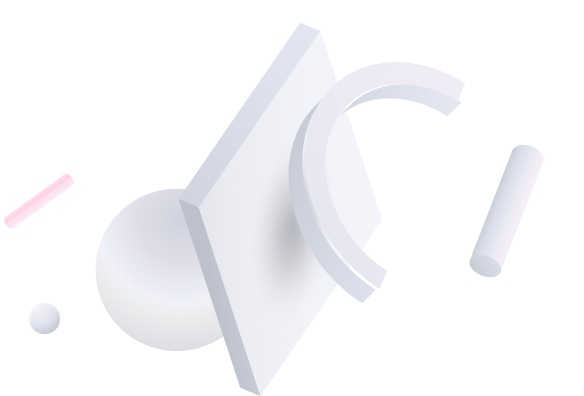Children's teeth should be taken care of from an early age. The children's dentists of MaryClinic went through and will treat the baby's teeth without stressing them, as well as teach them what to do to have healthy teeth.
Pediatric Dentistry

How is the child's visit to the clinic organized?
During the first visit to the clinic, the child gets to know the clinic and the pediatric dentist. They watch a cartoon together, choose the toy he wants from the toy box. Then the pediatric dentist examines the child's oral cavity, identifies existing problems and offers treatment options. During that visit, the child learns how to properly brush his teeth, what kind of food is good for his teeth and what can not be eaten. In this way, the child begins to trust the pediatric dentist and is already ready for cooperation. During the next visit, the tooth is treated or filled.

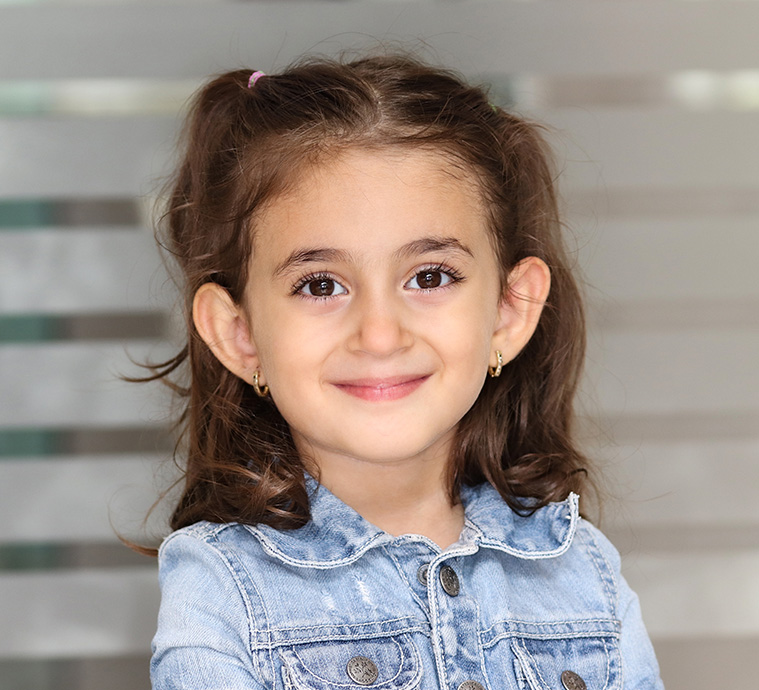
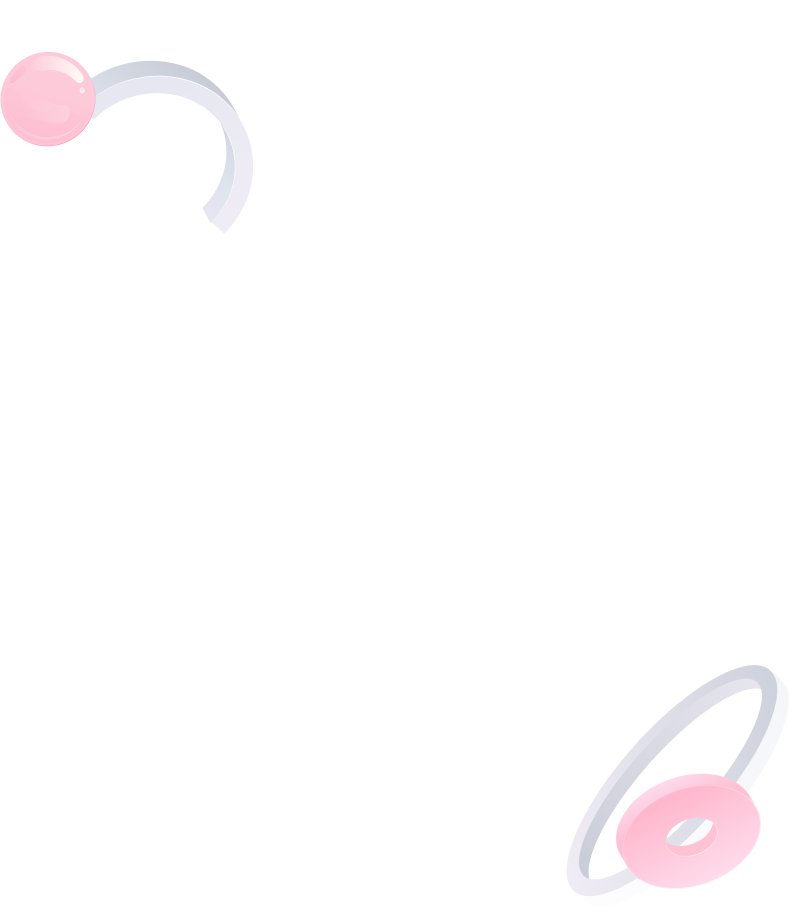
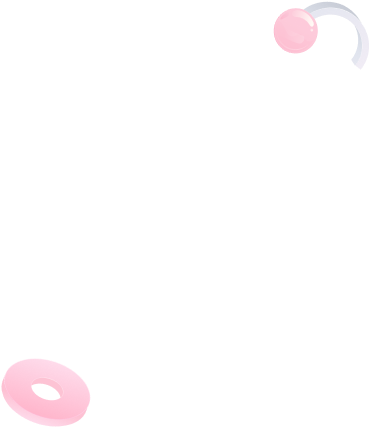
What we offer
- deciduous tooth amputation (removal of part of the tooth nerve)
- baby tooth and permanent tooth filling
- removal of a milk tooth
- plaque cleaning
- placement of a tooth retainer
- dental restorative therapy
- caries prevention: sealing of tooth fissures
Prophylactic visit and plaque cleaning
You should take your child to the pediatric dentist for a visit every 6 months, even if you don't notice any problems. During that visit, the specialist will carefully examine the child's oral cavity, detect any hidden caries, and clean the child's teeth with polishing paste and a small brush.
.jpg)
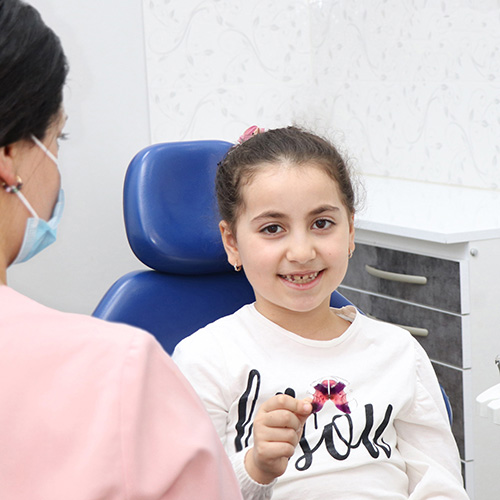


Tooth filling
On the chewing surfaces of the teeth there are natural pits, where food bacteria often accumulate, contributing to the development of caries. Especially in children, the development of caries occurs very quickly, so it is necessary to seal the fissures of the chewing teeth of the child. Filled teeth are very well washed with a brush and paste, food no longer accumulates in the pits, excluding the occurrence of caries.
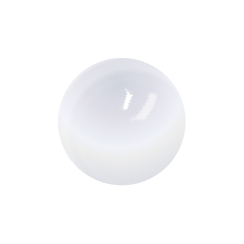
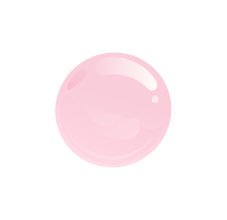
-
Pulpitis is already a complicated type of caries, in which the tooth pulp (nerve) is also affected. It is not desirable that the pulp of a milk tooth becomes inflamed, so it is necessary to treat caries at the very early stage. However, if the pulp is already inflamed, then it is necessary to remove a part of the pulp. This process is called amputation.
-
Due to the premature removal of a baby tooth, the neighboring teeth can move and close the place of the permanent tooth, due to which the permanent tooth can either erupt from the wrong place or remain in the jaw.
Later, this can cause complications and require orthodontic treatment. To avoid such problems, we place a retainer in the place of the removed baby tooth, which holds the place of the permanent tooth until it erupts. Insertion of the spacer is very easy and without anesthesia.
Treatment of deciduous teeth caries
Caries in children develops very quickly, because the enamel of their teeth is still very fragile and not resistant to bacteria. It is very important to detect caries at an early stage in order to remove as little enamel tissue as possible and preserve the tooth pulp (nerve). After treatment of carious tissues, teeth are filled.
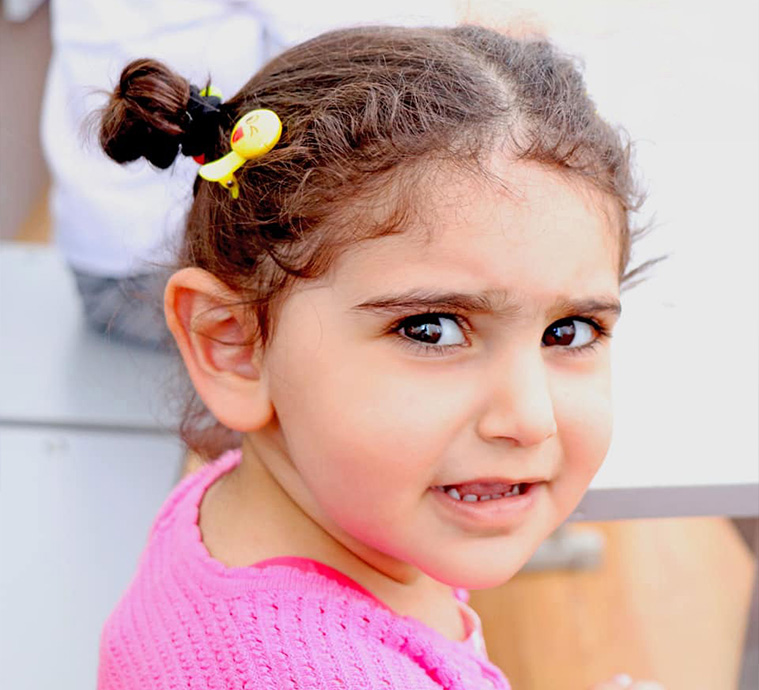
.png)


Filling permanent teeth
A child's first permanent teeth, the 6th molars, begin to erupt at the age of 6. If milk teeth serve a child up to 10-11 years old and are replaced by permanent teeth, then permanent teeth serve a person throughout his life. Therefore, it is very important to keep them. In the case of permanent teeth, it is also necessary to detect caries at an early stage.

